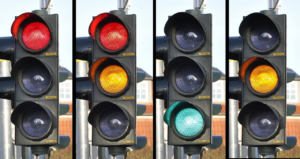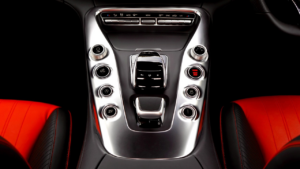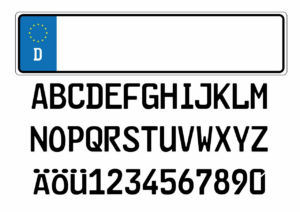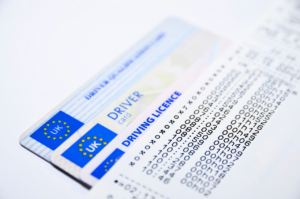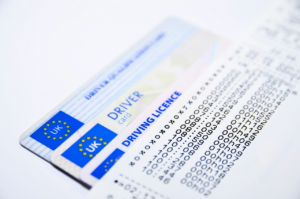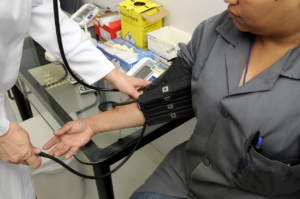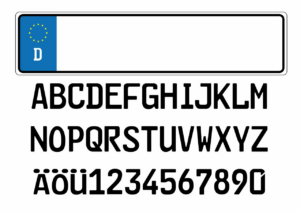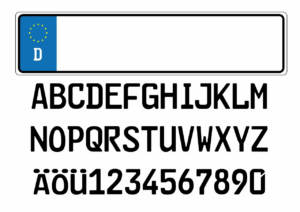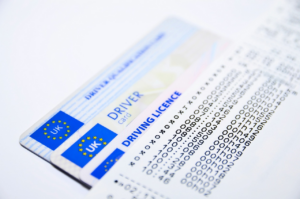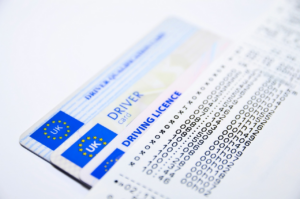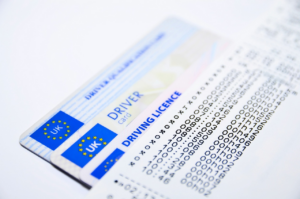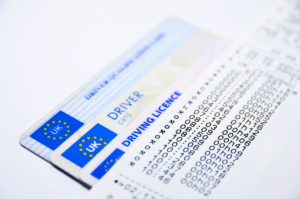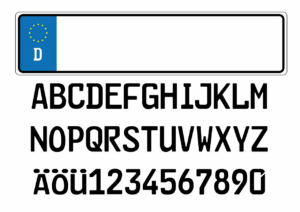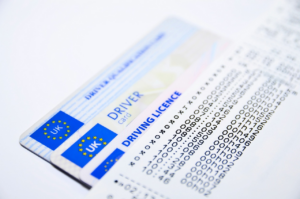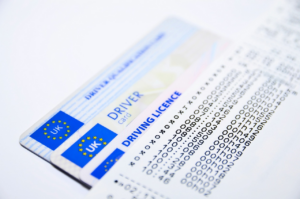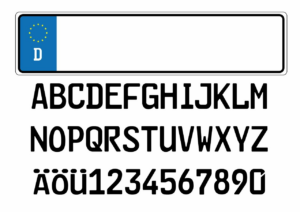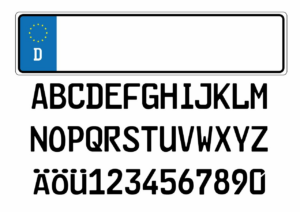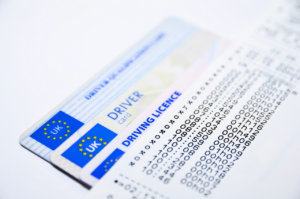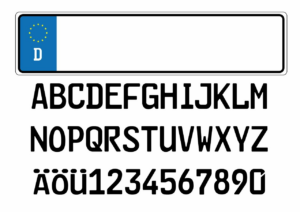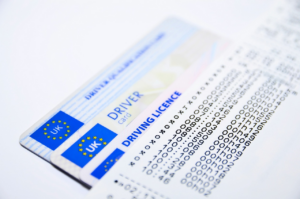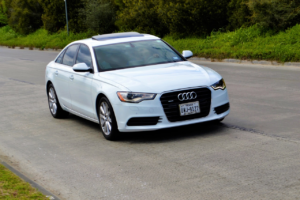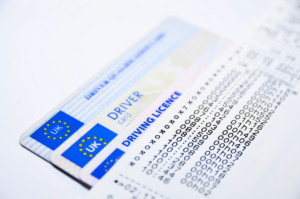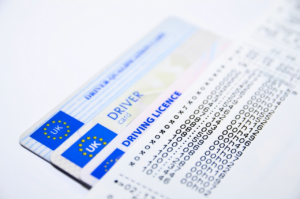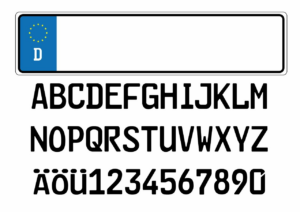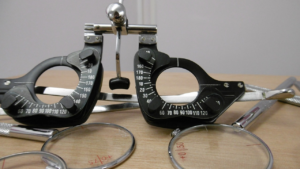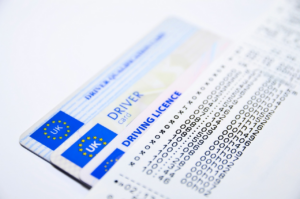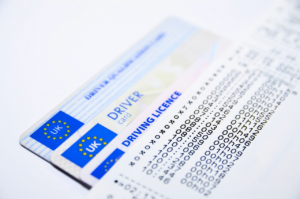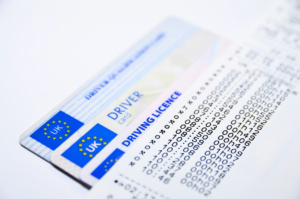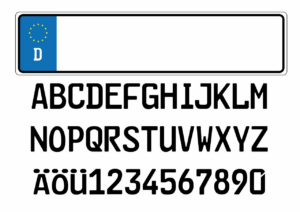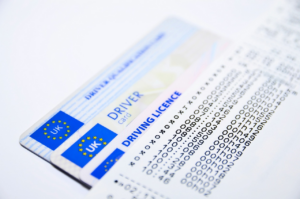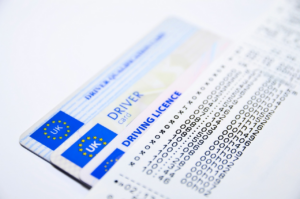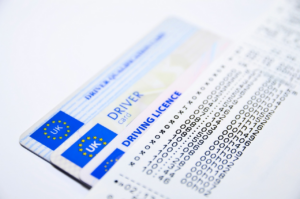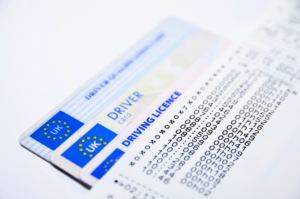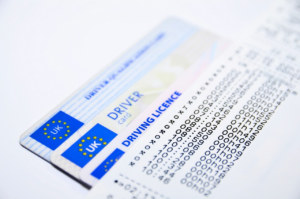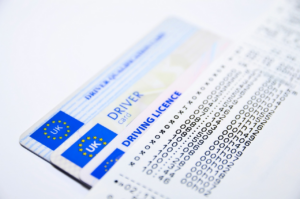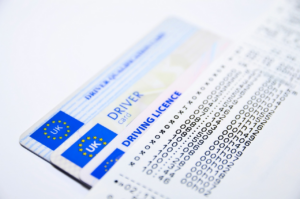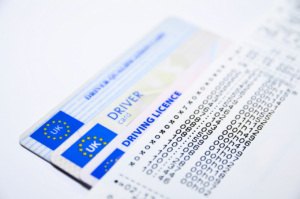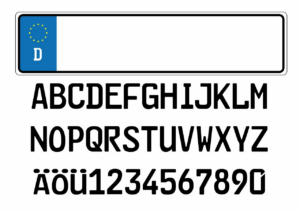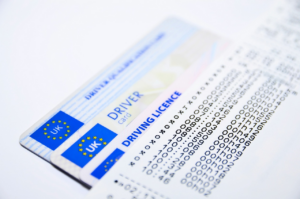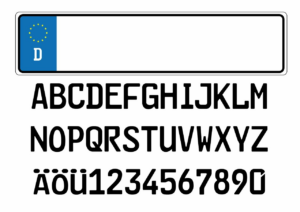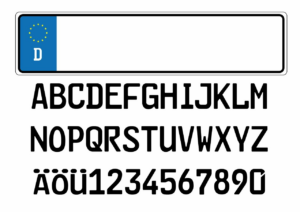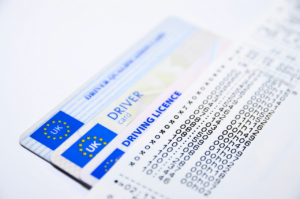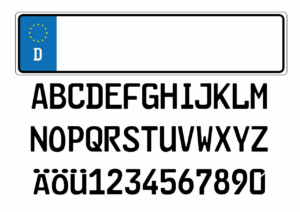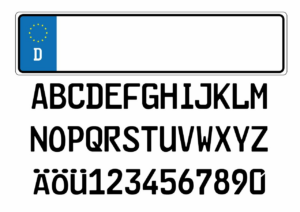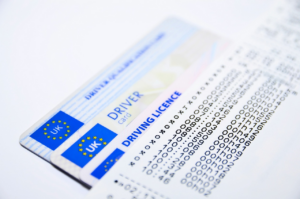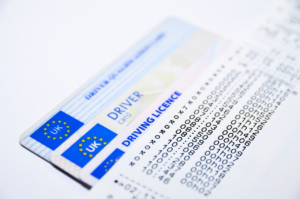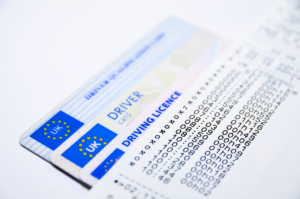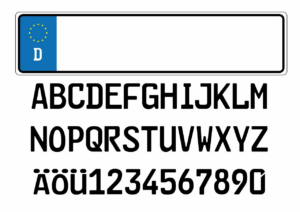If you’re driving in foggy conditions, you need to be extra cautious. The reduced visibility can make it difficult to see other vehicles, pedestrians, and obstacles on the road, which can increase your risk of accidents. However, with some simple tips and tricks, you can stay safe and confident while driving in foggy conditions.
In this article, we’ll share six tips and tricks that will help you drive safely in foggy conditions. You’ll learn how to slow down and maintain a safe distance, use your headlights and fog lights to improve visibility, and avoid distractions that can take your attention away from the road.
We’ll also cover how to watch for other vehicles, be prepared for emergencies, and stay calm and alert while driving in foggy conditions. By following these tips, you’ll be able to drive safely and confidently in even the most challenging foggy conditions.
Slow Down and Maintain a Safe Distance
To stay safe in misty weather, it’s crucial to ease off the gas pedal and keep a comfortable gap between vehicles.
When driving in foggy conditions, visibility can be greatly reduced, making it hard to see what’s ahead. By slowing down, you give yourself more time to react to any obstacles or hazards that might be in your path. Additionally, reducing your speed also means that you have more control over your vehicle, which is important when driving in slippery or wet conditions.
It’s also important to maintain a safe distance between your vehicle and the one in front of you. In foggy conditions, it can be difficult to judge distances accurately, so it’s better to err on the side of caution. A good rule of thumb is to keep at least three car lengths between you and the car in front of you.
This will give you enough space to stop your vehicle safely if the car in front of you suddenly comes to a halt. Remember, driving in foggy weather requires extra caution and attention, so take your time and stay alert.
Use Your Headlights and Fog Lights
When driving in foggy conditions, it’s important to use your headlights and fog lights to improve visibility. To ensure they work effectively, keep them clean and adjusted properly.
It’s also important to use low beams and fog lights appropriately, as high beams can actually reduce visibility by reflecting off the fog.
Keep Them Clean and Adjusted
Make sure your car’s lights and wipers are working properly before hitting the road in fog. Dirty or malfunctioning headlights can reduce visibility and make it difficult for other drivers to see you coming. Use a soft cloth to wipe down the lights and check that they’re properly adjusted. Fog lights should be aimed low and pointed towards the center of the road to help illuminate the area directly in front of the car.
In addition to cleaning your headlights, make sure your windshield wipers are in good condition and working properly. Replace any worn blades and fill up your windshield washer fluid. A dirty windshield can make it difficult to see in foggy conditions, so use the wipers and washer fluid frequently to maintain clear visibility.
Taking just a few minutes to check and maintain your car’s lights and wipers can go a long way in ensuring your safety in foggy weather.
Use Low Beams and Fog Lights Appropriately
You need to use your low beams and fog lights correctly to see through the dense fog and avoid potential accidents, so don’t forget to turn them on and stay safe on the road.
Turning on your high beams will only reflect the light back into your eyes, making it harder to see. Instead, use your low beams and adjust them so that they’re pointed downward. This’ll help you see the road ahead without blinding other drivers.
Fog lights can also be a useful tool in foggy conditions, but they should only be used in conjunction with your low beams. These lights’re designed to illuminate the road close to your vehicle, making it easier to see and avoid obstacles. However, they can also cause glare if not used properly, so make sure to turn them off when driving in clear conditions.
By using your low beams and fog lights appropriately, you can navigate through the fog and arrive at your destination safely.
Use Your Windshield Wipers and Defroster
Using your windshield wipers and defroster is crucial for maintaining clear vision in the midst of a dense fog. You need to turn on your windshield wipers to keep the moisture from accumulating on the windshield.
Additionally, use the defroster to keep the windows clear of fog. If the defrosting mechanism is not working efficiently, then keep the windows slightly open to allow the humid air to escape.
If you don’t use the windshield wipers and defroster, then the fog on the windshield will obstruct your view. This can make it dangerous to drive. When fog accumulates on the windshield, it becomes difficult to see through it, which can result in accidents.
Therefore, it’s important to use your windshield wipers and defroster efficiently to maintain clear vision while driving in foggy conditions.
Avoid Distractions
When driving, it’s important to stay focused on the road and minimize distractions from passengers or devices. Keep your eyes on the road and hands on the wheel, avoiding any unnecessary activities that might take your attention away from driving.
Make sure to set up your devices before you start driving, and ask your passengers to keep their conversations to a minimum to avoid any distractions. Remember, your safety and the safety of others on the road should always be your top priority.
Stay Focused on the Road
Keep your eyes on the road ahead and stay alert while driving in fog so you can react quickly to any obstacles that may appear.
The thick fog can create a false sense of security, making you think that nothing is in front of you. However, it’s important to stay focused on the road, as you never know when a vehicle or pedestrian may suddenly appear.
Keep the following tips in mind to stay focused and alert while driving in foggy conditions:
- Avoid using your cell phone or any other electronic device while driving in fog.
- Turn off the music and lower the volume of your car’s sound system to help you better hear the sounds of other vehicles on the road.
- Keep a safe distance from other vehicles, especially large trucks or buses, as their size and weight can make it difficult for them to stop quickly in foggy conditions.
By following these tips, you can minimize the risk of accidents and ensure a safe drive in foggy conditions. Remember, staying focused on the road can make all the difference in preventing accidents and keeping yourself and others safe on the road.
Minimize Distractions from Passengers or Devices
You can create a peaceful and distraction-free environment inside your car by asking your passengers to keep their voices low and turning off any electronic devices, so you can focus on the road ahead and navigate through the thick fog with clarity. Even a small distraction can be dangerous in foggy conditions, so it’s important to minimize any potential disruptions. Encourage your passengers to sit back and relax, so you can concentrate on the task at hand.
In addition to reducing distractions from passengers and devices, you should also be mindful of your own actions while driving in fog. Avoid eating, drinking, or smoking while behind the wheel, as these activities can take your attention away from the road and increase the risk of an accident. By staying focused and minimizing distractions, you can reduce your chances of getting into a dangerous situation on the road.
| Distractions to Avoid | Alternative Activities | |||
|---|---|---|---|---|
| Loud conversations | Gentle music | |||
| Electronic devices | Audiobooks | |||
| Eating or drinking | Chew gum or mints | |||
| Smoking | Take deep breaths | |||
| Fidgeting | Focus on driving | Daydreaming | Practice mindfulness |
Watch for Other Vehicles
To stay safe in the fog, keep an eye out for other drivers on the road. It’s easy to become disoriented in foggy conditions, and other drivers may be doing the same. Make sure to use your headlights and taillights to help other drivers see you, especially if you need to slow down or stop suddenly.
Use your turn signals well in advance of making any turns or lane changes, and avoid sudden movements that could startle other drivers. Be extra cautious when passing or being passed by other vehicles. Make sure to check your mirrors and blind spots before changing lanes or passing, and keep a safe distance between your vehicle and the one in front of you.
If you need to pull over, make sure to do so well off the road and turn on your hazard lights to alert other drivers. Remember that in foggy conditions, it’s better to be safe than sorry, so take your time and stay alert on the road.
Be Prepared for Emergencies
Make sure you’ve packed emergency supplies like a flashlight, blanket, and first aid kit in case of unexpected situations on the road. When driving in fog, visibility can be greatly reduced, making it difficult to see other vehicles and obstacles. In the event of an emergency, being prepared can make all the difference.
Here are some additional tips to help you be prepared for emergencies while driving in foggy conditions:
- Keep your cellphone charged and within reach, in case you need to call for help.
- Make sure your vehicle has a full tank of gas, so you can run the heater if you get stuck in the fog for an extended period of time.
- Consider carrying a bag of sand or kitty litter in your trunk. If you get stuck in the mud or snow, you can sprinkle sand or kitty litter under your tires to help gain traction.
By following these tips, you can feel more confident and prepared when driving in foggy conditions. Remember, safety should always be your top priority when on the road.
Stay Calm and Alert
As you navigate through a blanket of fog, your senses may be heightened, but it’s important to stay calm and alert to ensure you make it safely to your destination.
Keep your eyes on the road and avoid any distractions, such as your phone or radio. Pay close attention to your surroundings and use your headlights appropriately. Your low beams are the best option in foggy conditions as high beams can reflect back at you, reducing your visibility.
In addition, keep a safe distance from other vehicles and watch your speed. Fog can make it difficult to judge distances, so it’s important to adjust your speed accordingly. Remember, it’s better to arrive late than not at all.
If you find yourself feeling overwhelmed or anxious, take a deep breath and remind yourself that driving safely in fog requires your full attention. Stay focused, stay calm, and stay alert.
Know When to Stay Off the Road
If you’re feeling uneasy about the fog, it’s crucial to know when to avoid the road altogether. Even if you’re an experienced driver, foggy conditions can make it difficult to see the road ahead.
If you can’t see more than a few feet in front of your vehicle, it’s time to pull over and wait for the fog to clear. You might feel like you’re wasting time, but it’s better to be safe than sorry.
Additionally, if you’re driving in an area with steep hills or sharp curves, it’s best to avoid the road altogether. Fog can make it difficult to see these hazards, and you may not notice them until it’s too late.
If you absolutely must drive in these conditions, it’s important to slow down and stay alert. Keep in mind that other drivers may not be as cautious as you are, so it’s important to keep a safe distance from other vehicles to avoid accidents.
Remember, it’s always better to arrive late than not at all.
Frequently Asked Questions
What are some common causes of accidents in foggy conditions?
When driving in foggy conditions, it’s important to be aware of the common causes of accidents. One of the main culprits is reduced visibility, which can make it difficult to see other cars, pedestrians, or obstacles in the road.
Another factor is the tendency to drive too fast, assuming that you can see enough to navigate safely. In reality, it’s crucial to slow down and maintain a safe following distance, as you may need more time to react to unexpected hazards.
Finally, many drivers make the mistake of relying solely on their headlights to guide them, rather than using additional tools like fog lights or hazard lights. By understanding these potential pitfalls, you can take steps to avoid them and stay safe in foggy conditions.
How can I properly adjust my headlights for driving in fog?
To properly adjust your headlights for driving in fog, you need to aim them lower than usual. This is because the light from your headlights can bounce off the fog and reflect back into your eyes, reducing your visibility.
Adjust your headlights so that the cutoff line is at or below the centerline of your headlights. You can also use fog lights if your vehicle has them. These lights are designed to cut through the fog and provide better visibility.
Remember to turn off your high beams when driving in foggy conditions, as they can reflect off the fog and reduce visibility even further. Properly adjusted headlights and fog lights can greatly improve your visibility in foggy conditions and help keep you safe on the road.
Is it safe to use high beams in foggy conditions?
Using high beams in foggy conditions isn’t safe. The bright light will reflect off the fog and reduce visibility even further. Instead, use your low beams and fog lights if your car has them. Your low beams will provide enough light to see the road without reflecting off the fog.
It’s important to slow down and increase your following distance to give yourself more time to react to obstacles or other vehicles. Always remember to use your windshield wipers and defroster to keep your windshield clear.
By following these tips, you can safely navigate through foggy conditions and arrive at your destination without incident.
Can I still use cruise control when driving in fog?
When driving in foggy conditions, it’s not recommended to use cruise control. The reason being that cruise control is designed to maintain a consistent speed, which can be dangerous in foggy conditions where visibility is limited.
In such conditions, you need to be able to react quickly to any hazards that may arise, such as sudden stops or obstacles in the road. Cruise control can also cause your vehicle to accelerate unnecessarily, which can be dangerous in foggy conditions where you may not be able to see potential hazards until it’s too late.
Therefore, it’s best to rely on your own driving skills and adjust your speed as necessary to ensure a safe journey.
What should I do if my car starts to skid in foggy conditions?
If your car starts to skid in foggy conditions, the first thing to do is to remain calm and avoid overreacting. Steer in the direction that you want the car to go and gently pump the brakes if necessary. Avoid slamming on the brakes or accelerating too quickly, as this can worsen the skid. If you have anti-lock brakes (ABS), apply firm, continuous pressure to the brakes.
Keep your eyes on the road ahead and avoid making any sudden movements. If you feel that you are unable to regain control of the car, steer it off the road and come to a complete stop, turning on your hazard lights to alert other drivers.
Remember, it’s always better to be safe than sorry, so if you’re not comfortable driving in foggy conditions, it’s best to wait until the fog clears before hitting the road.
Conclusion
So, there you have it – six essential tips and tricks for driving safely in foggy conditions.
Remember to slow down and maintain a safe distance from other vehicles, use your headlights and fog lights to improve visibility, and keep your windshield wipers and defroster in good working condition.
It’s also important to avoid distractions, watch out for other vehicles, and be prepared for emergencies.
And if the fog is too thick, it’s always better to stay off the road altogether.
With these tips in mind, you can navigate through foggy conditions with confidence and arrive at your destination safely.
Drive smart, stay alert, and take care on the roads!





